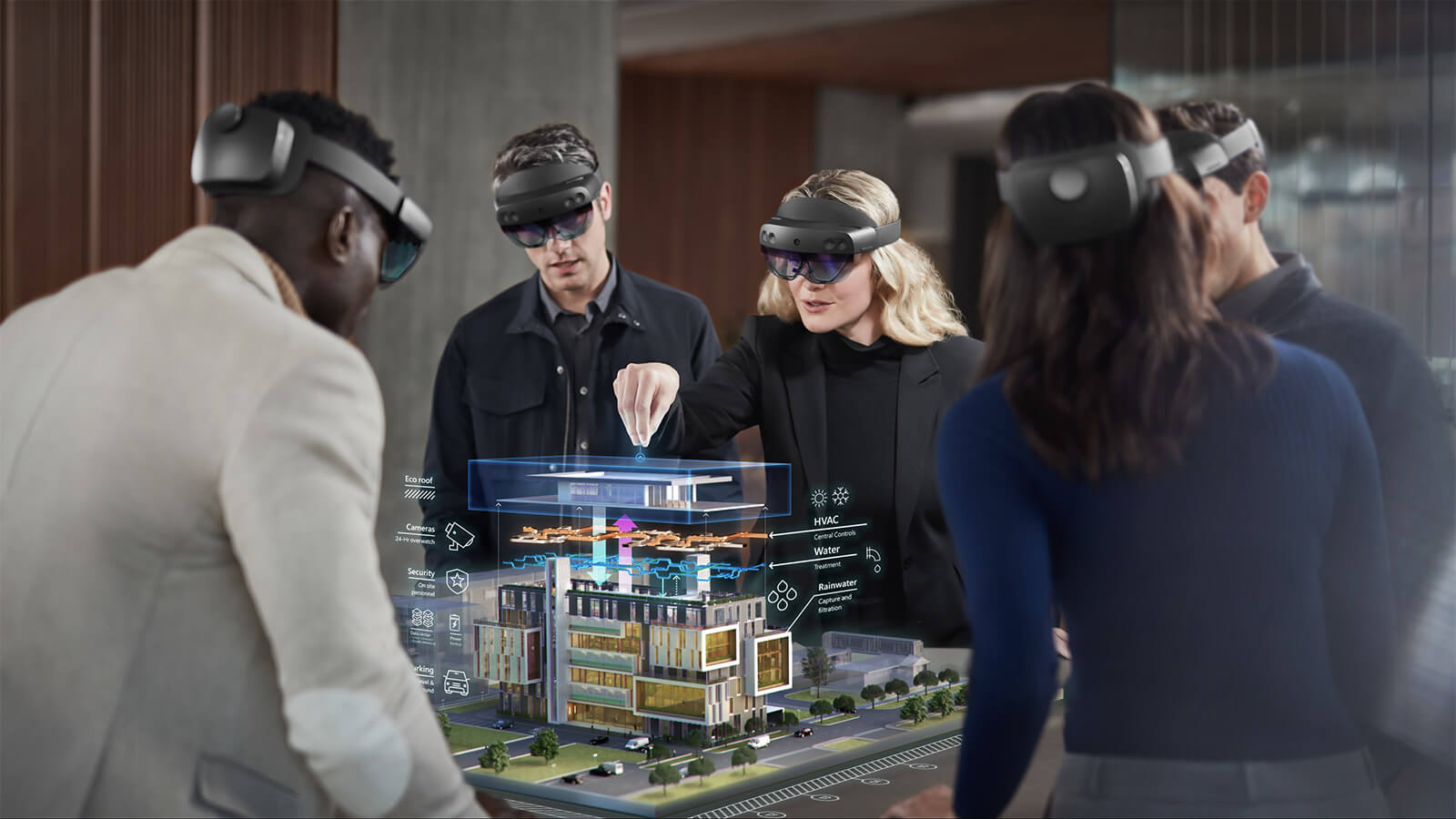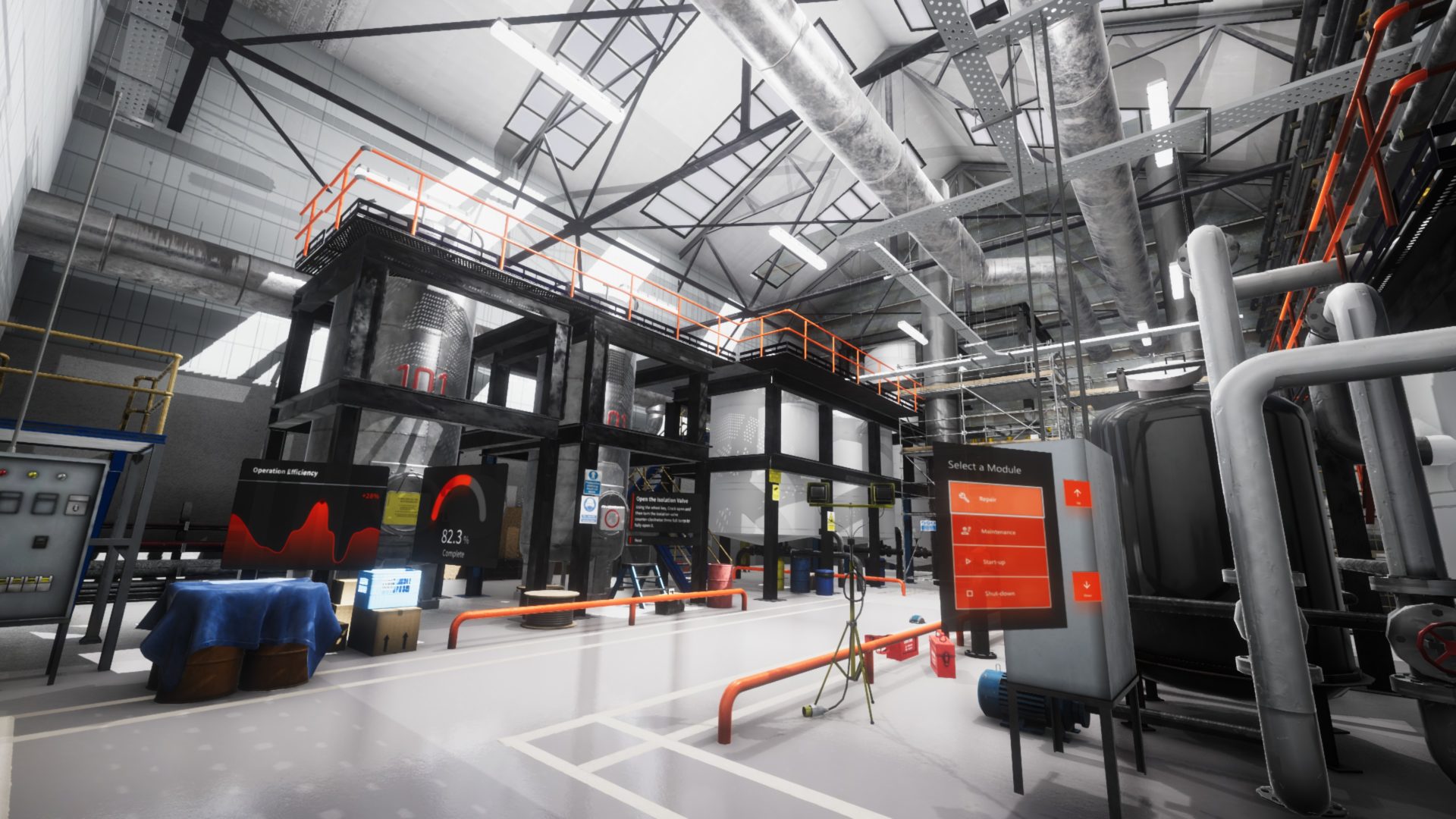
Communication has been put to the test this year as the majority of workplaces shifted to remote working. This could’ve proven a disaster for companies that didn’t have much digital integration to begin with. Current research suggests that home working is here to stay for some businesses, with a hybrid model of both remote and office working likely.
One thing the pandemic did was highlight poor internal communication within organisations. Perhaps we noticed little communication and direction from our leaders, minimal contact with colleagues and team members, or a general decline of company culture. Of course, being able to communicate face-to-face with people is a favourable option, as it helps develop good relationships and reduces the chance of miscommunication. However, some of us may have poor communication skills in the real world, especially after spending over a year working from home in the same four walls.
It is becoming increasingly important to improve communication in organisations after a year of home working. Perhaps this is something that generally needs to improve in your workplace anyway. A reliable solution to this is immersive learning.

What is immersive learning?
Immersive learning uses simulated environments so that a person is completely immersed in the setting. Examples of this technology include augmented reality, mixed reality, and virtual reality ¬– all three types have different levels of real-world and artificial integration. Find out more information about these realities on our virtual reality training page.
How to improve communication skills using immersive learning
Many people lack soft skills such as communication. According to research, poor communication costs businesses across the world thousands each year. Luminous Group uses this simulation technology to deliver hands-on training experiences for your workforce, giving workers an accurate understanding of how to handle real-world situations. This training can be accessed at any time and is incredibly cost-efficient.

Engaging in interactive experiences helps learners adopt knowledge more effectively than alternative methods of training. Research reports that immersive training increases information retention by between 30–70 per cent when compared to traditional methods such as classroom-based learning. For example, creating artificial environments that allow your workforce to communicate with someone rather than imagining it or setting up in-person sessions (that may be awkward and inefficient) helps promote pro-social behaviours. Using a safe and controlled environment, staff are pushed outside of their comfort zone to have different interactions and situations as well as conflict resolution. Learners aren’t expected to learn at a “one size fits all” approach and can instead develop their skills at their own pace.
This can help improve communication in the workplace as well as improve communication between teams.